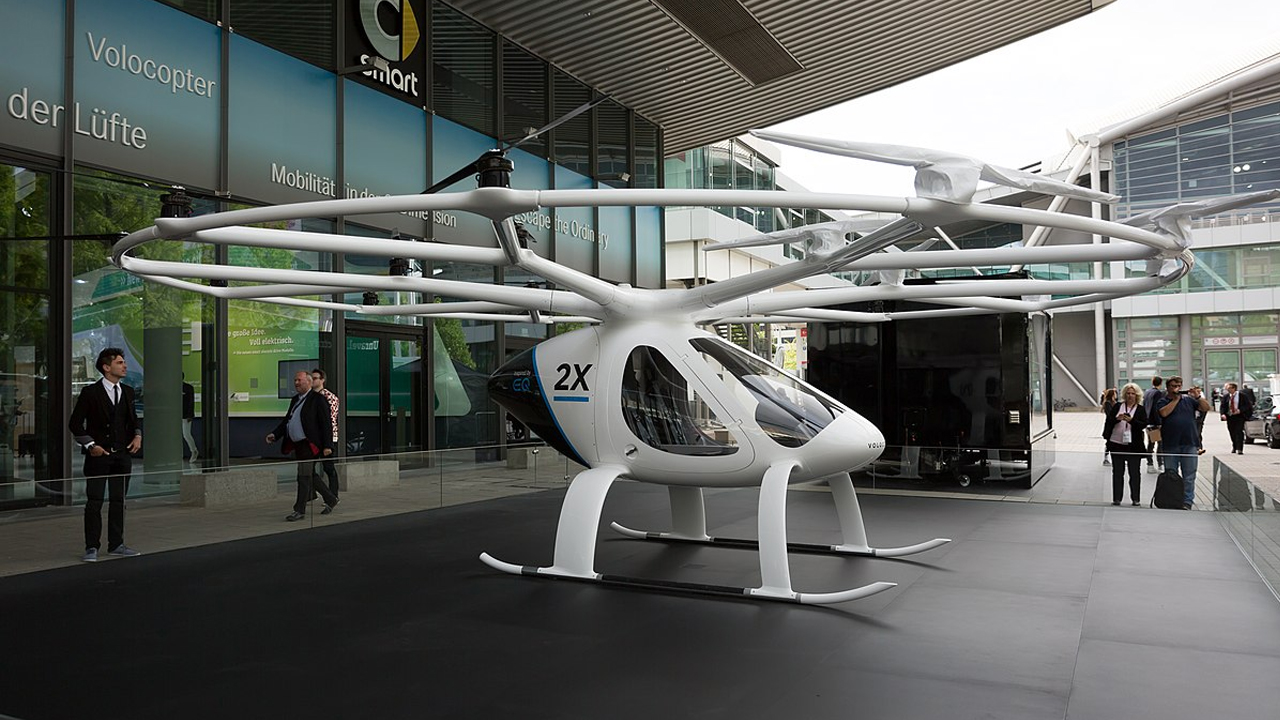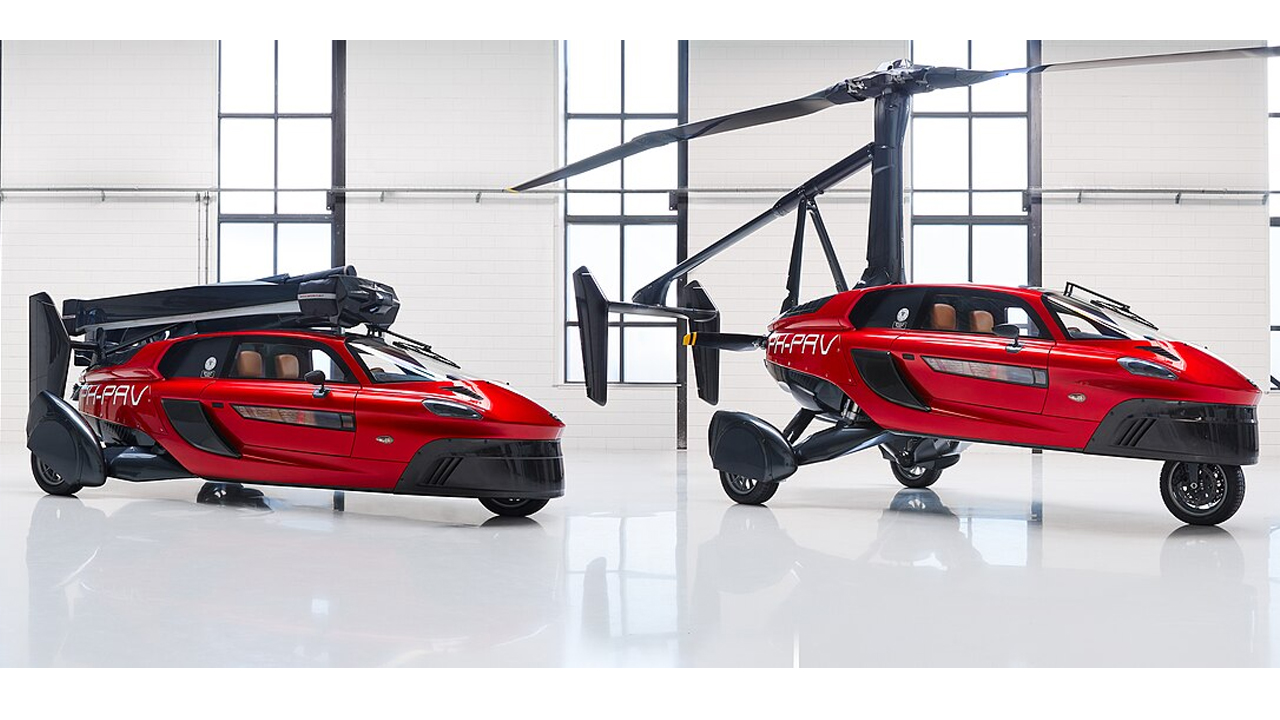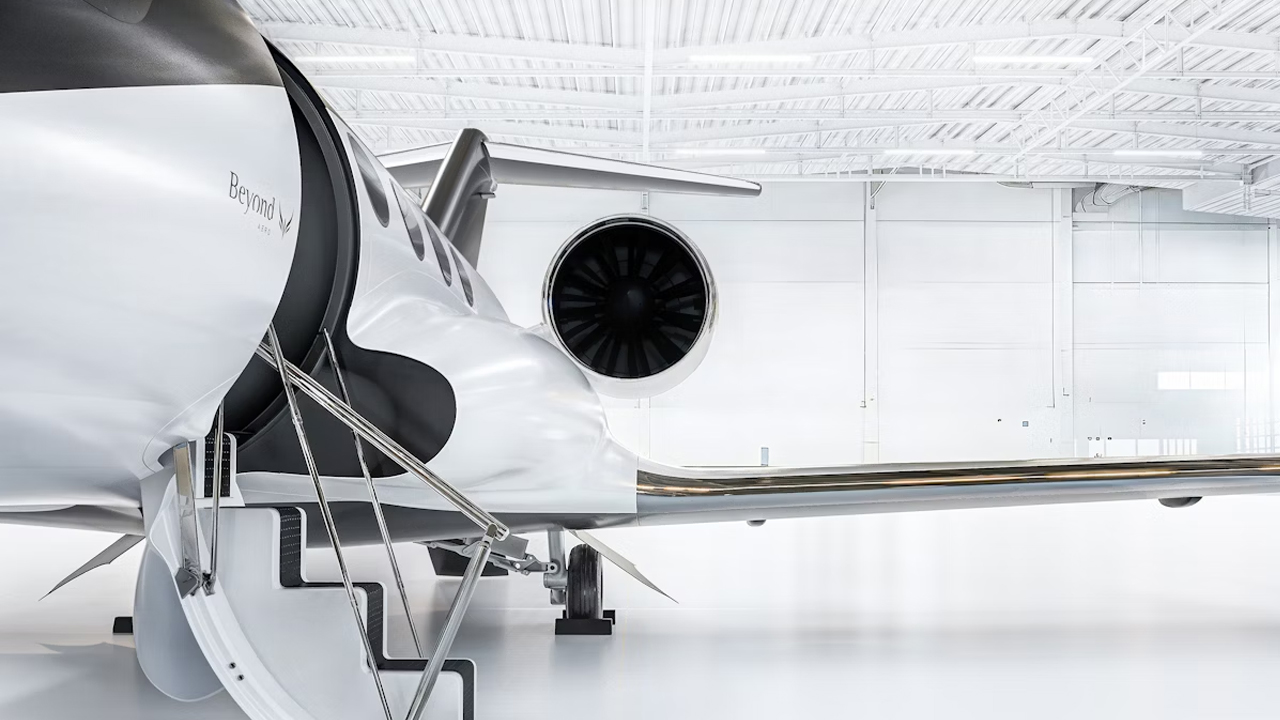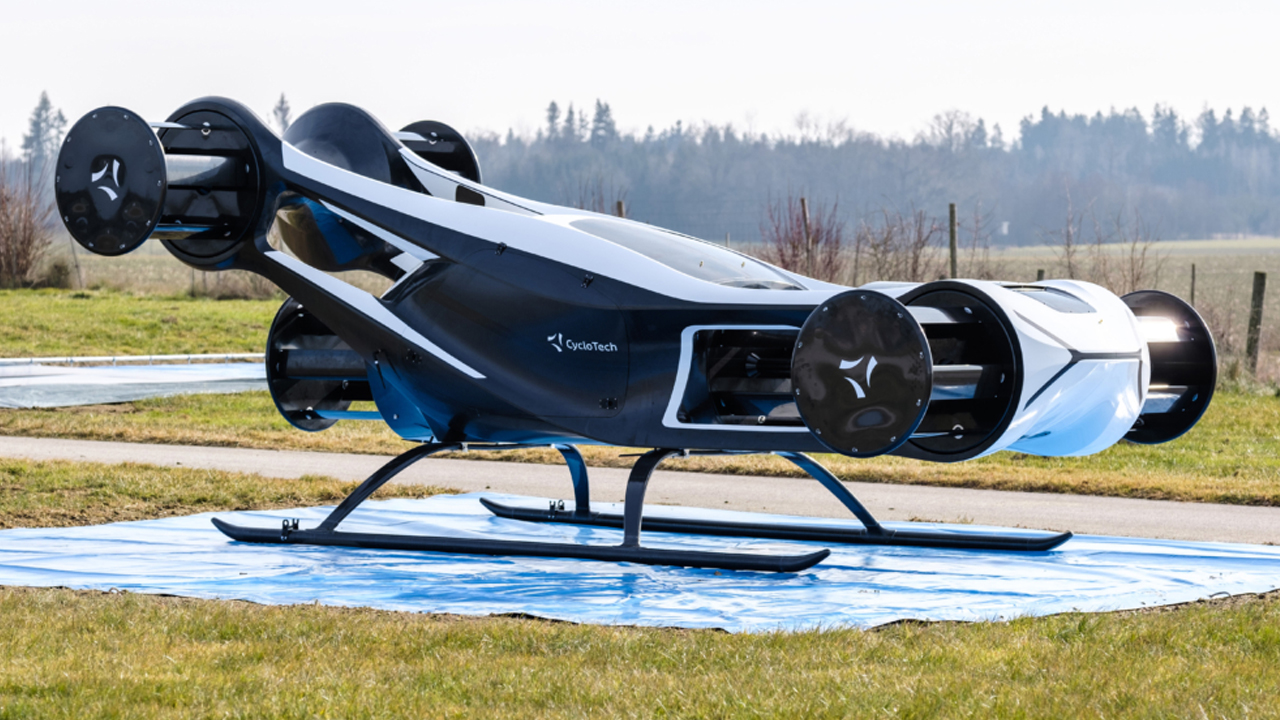Flying cars have long captured the imagination, yet they remain absent from our daily commutes. While the technology is no longer science fiction, real-world limitations—from cost to regulation—are what keep them grounded for now.
The Technology Is Advancing, but Not There Yet
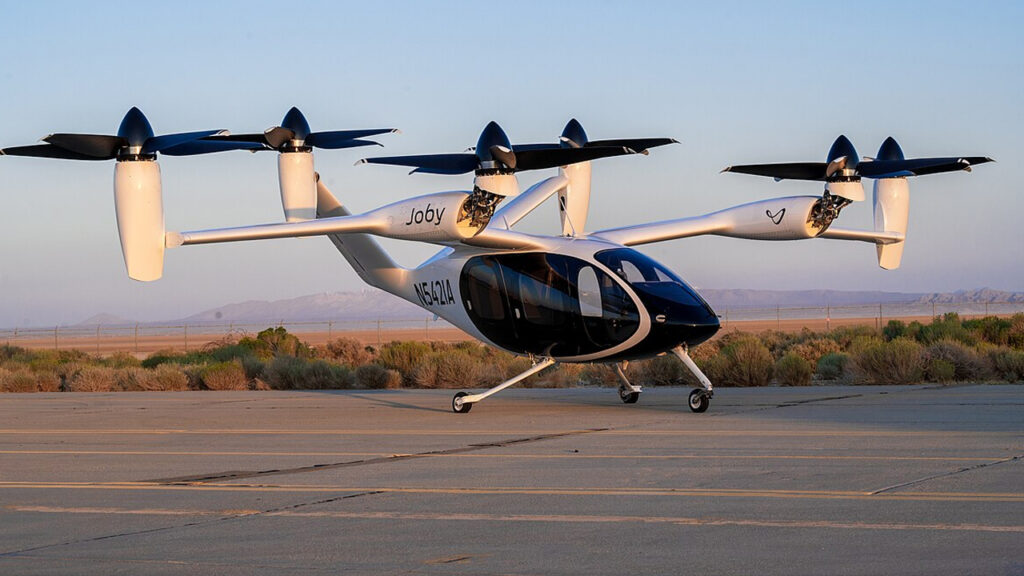
Companies like Joby Aviation are pushing the boundaries with electric vertical takeoff and landing (eVTOL) aircraft. Joby is already building its first vertiport in Dubai and aims to launch commercial air taxi service as early as 2025.
But building a vehicle that’s both road-ready and airworthy isn’t easy. According to NASA’s Urban Air Mobility program, aircraft and automobiles have opposing engineering requirements. Add in the need for a brand-new transportation network, and the challenge becomes even greater.
Safety and Regulation Are Major Barriers

Flying a car is not like driving one. The Federal Aviation Administration requires rigorous certification for any aircraft, and that includes flying cars. Even for vehicles that already work, the process is slow and expensive.
Low-altitude urban air traffic brings its own issues. To prevent mid-air collisions and manage flight paths, systems like those under development in NASA’s Advanced Air Mobility mission will be needed nationwide. Until then, regulators are unlikely to sign off on widespread public use.
Infrastructure and Cost Challenges
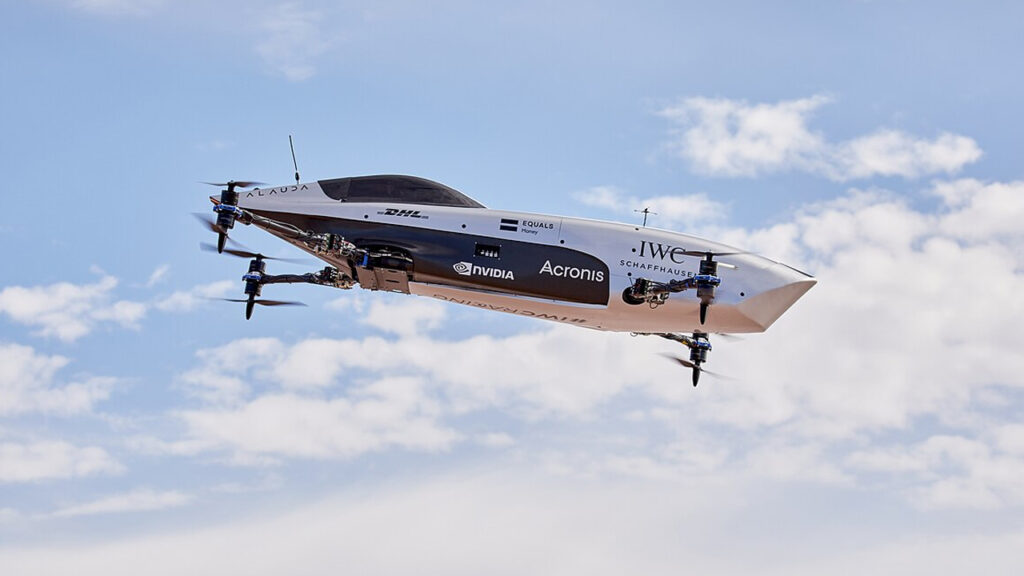
Even if the vehicles are ready, cities aren’t. As Wired points out, flying cars require new infrastructure—vertiports, charging stations, and maintenance hubs that don’t yet exist. Urban planning and heavy investment would be needed just to get started.
And then there’s the price tag. According to Prelaunch, the Aeromobil is expected to cost between $1.3 million and $1.6 million. At that price, flying cars won’t be replacing your daily driver anytime soon.
Conclusion
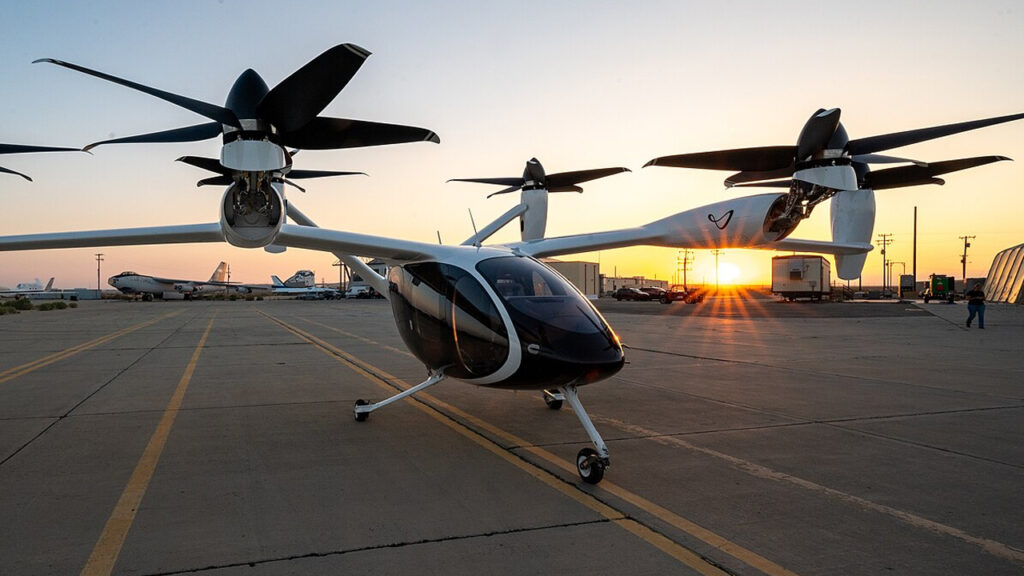
Flying cars are no longer just a dream—they’re real machines being tested in the sky. But the world they’d need to exist in still doesn’t exist. Between safety certifications, regulatory oversight, a lack of infrastructure, and staggering costs, the technology may be here, but the reality isn’t ready.


